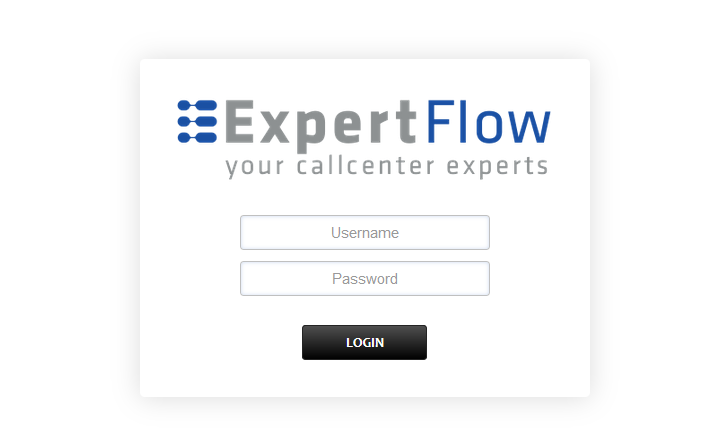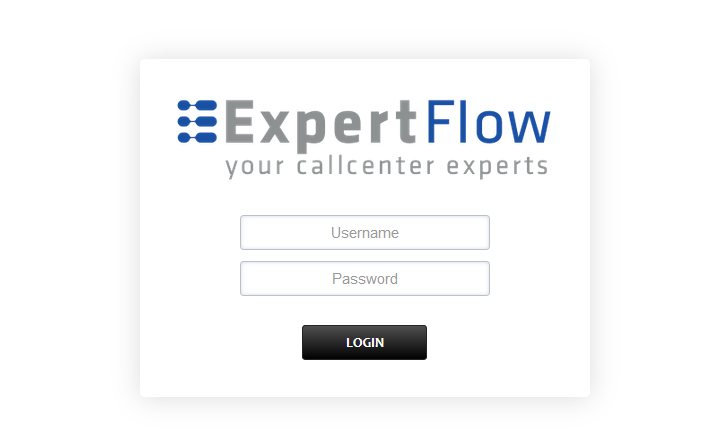CX Voice Upgrade to 4.7.1
Outbound Dialer
SSH onto the Debian server on which the Outbound Dialer is installed.
Use command
CODEssh <username>@<server-ip>Enter user password and press ENTER.
Use command
CODEsuEnter root password and press ENTER.
Navigate to the folder where the docker-compose.yml and env.txt files are located for the dialer.
Open the docker-compose.yml file and replace image tag with 4.7.1.
Run the command
CODEdocker compose up -dConfirm that the docker container is running by using the command
CODEdocker psConfirm that the container is running correctly by opening the logs with command
CODEdocker logs -f containerID
Media Server configuration
SSH onto the Debian server on which the Voice connector is installed.
Use command
CODEssh <username>@<server-ip>Enter user password and press ENTER.
Use command
CODEsuEnter root password and press ENTER.
Confirm git is installed, and install it if is not.
Clone the Media Server scripts repository:
CODEgit clone -b 4.7.1 https://efcx:RecRpsuH34yqp56YRFUb@gitlab.expertflow.com/rtc/freeswitch-scripts.gitNavigate to the cloned repository to access the files:
CODEcd freeswitch-scriptsMove the updated scripts and prompts to their respective folders:
CODEmv outboundIvr.lua /usr/share/freeswitch/scripts/ chmod -R 777 /usr/share/freeswitch/scripts/ mv ivr_prompts/outbound_prompt.wav /usr/share/freeswitch/sounds/ivr_prompts/
This section is optional, depending on whether the CX Dialer for Campaigns is in use.
Login to Media Server web interface.
Open in browser: https://IP-addr, where IP-addr is the IP address of the Media Server.

Add the username and password that was shown upon installation of Media Server and press LOGIN.
Press the IP address in the top right and select the Domain created in the Domain creation section above:

Open the Dialplan Manager section under the Dialplan tab.

Add a new Dialplan by pressing the Add Button on the top.

Fill the form with following details :
Name = <Name of your choice>
Condition 1 = Select destination_number from list and set the value to out_(.*)
Action 1 = Select first item from the list
Save the form by pressing save button on top right Corner.
Re-open the dialplan.
Delete the line with the Action tag (Click the checkbox in the right and press SAVE in the top right).
Add the following information to this dialplan:
Tag | Type | Data | Group | Order | Enabled |
|---|---|---|---|---|---|
action | wait_for_answer | 0 | 10 | true | |
action | set | sip_h_X-Destination-Number=$1 | 0 | 15 | true |
action | lua | <script-name> | 0 | 20 | true |
<script-name> is the name of the Outbound IVR script(default is outboundIvr.lua).
Set the Context field to the value of the Domain set in the Domain creation section.
Set the Domain field to the value of the Domain set in the Domain creation section.
Save the changes by pressing SAVE button in top right corner.
Login to Media Server web interface.
Open in browser: https://IP-addr, where IP-addr is the IP address of the Media Server.

Add the username and password that was shown upon installation of Media Server and press LOGIN.
Press the IP address in the top right and select the Domain created in the Domain creation section above:

Open the Dialplan Manager section under the Dialplan tab.

Find and open the global-variables dialplan.
Add the following information to this dialplan (to add custom values in the Type column, select a random value then click on it to edit):
Tag | Type | Data | Group | Order | Enabled |
|---|---|---|---|---|---|
action | set | FreeSWITCH-IPv4=${domain_name} | 0 | 20 | true |
The result will look like:

Save the changes by pressing SAVE button in top right corner.
